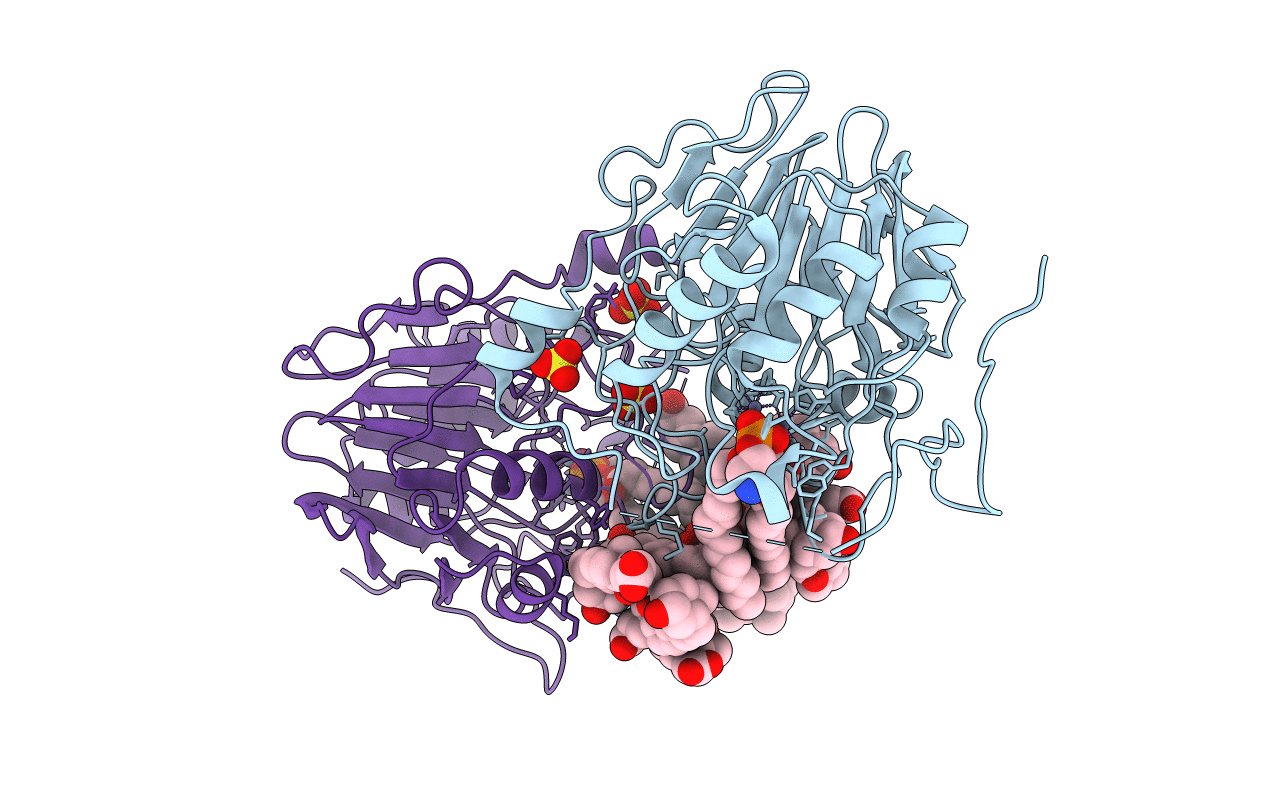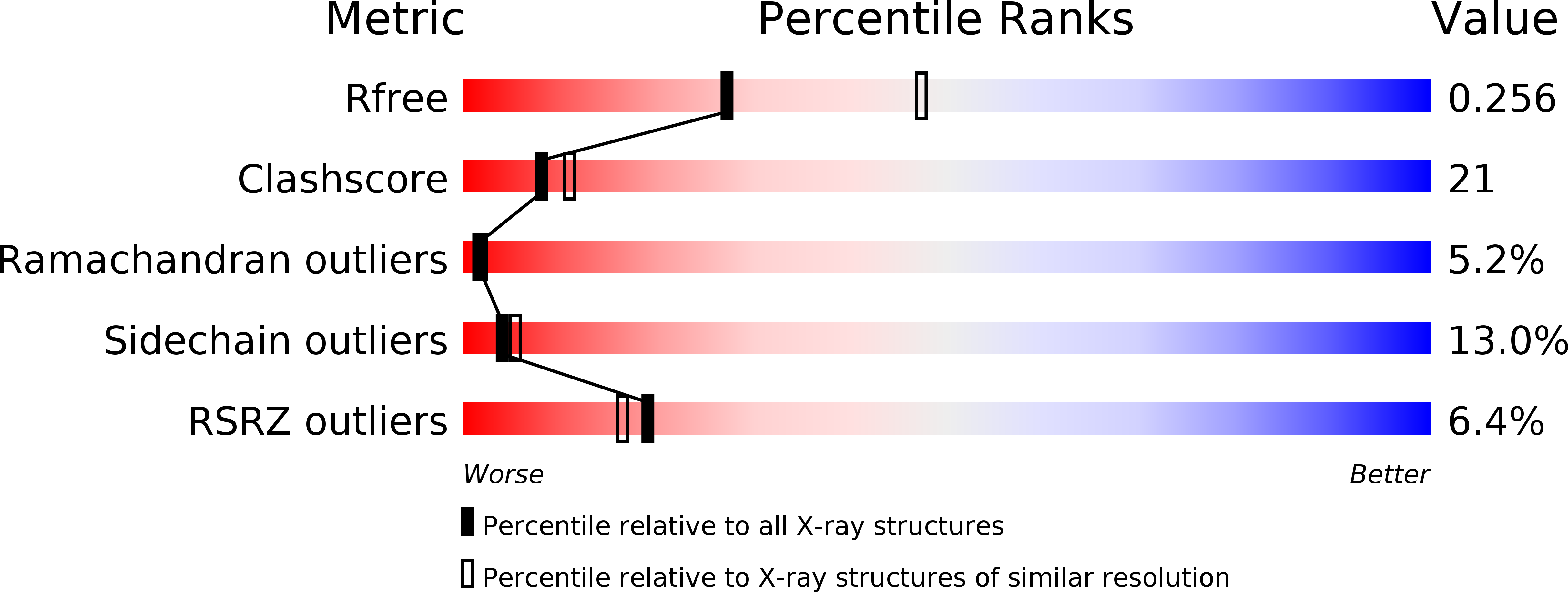
Deposition Date
2014-06-17
Release Date
2015-06-17
Last Version Date
2024-02-28
Method Details:
Experimental Method:
Resolution:
2.65 Å
R-Value Free:
0.25
R-Value Work:
0.21
R-Value Observed:
0.21
Space Group:
P 65 2 2


